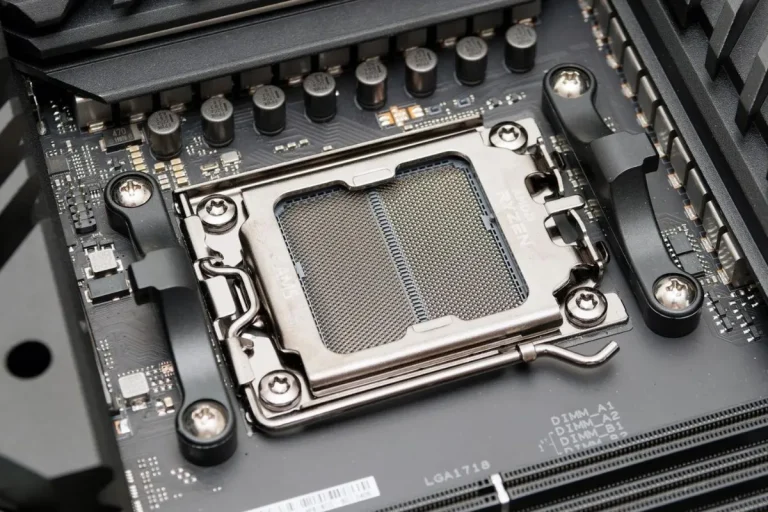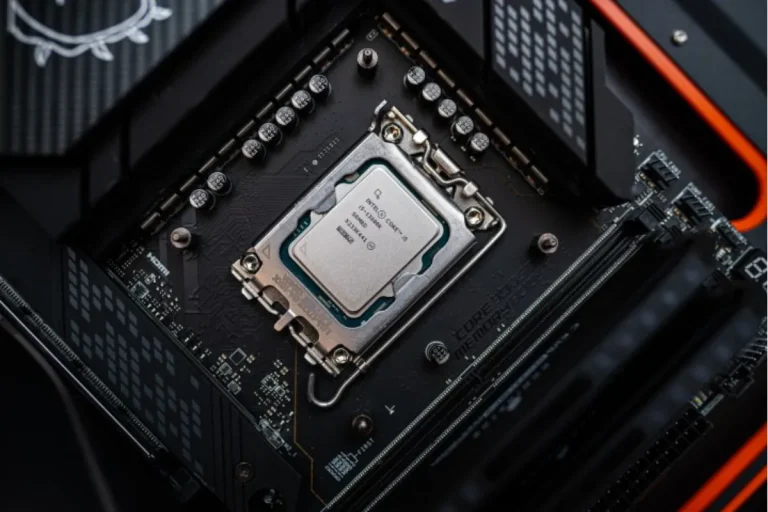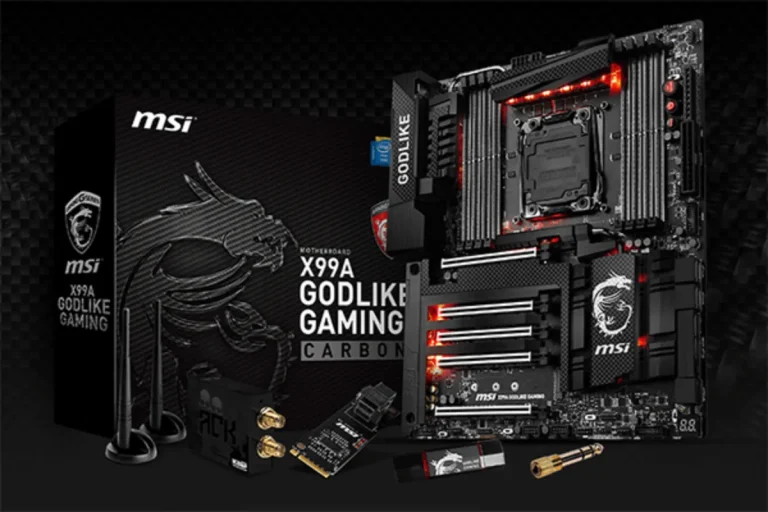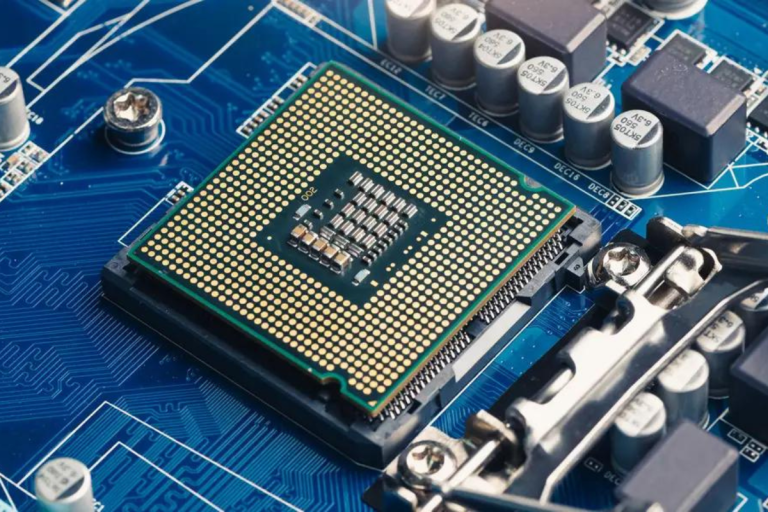What is the power output of the USB-C port on a desktop motherboard?
Are you curious about the power output of the USB-C port on your desktop motherboard? Well, you’ve come to the right place! In this article, we’ll unravel the mystery behind this modern marvel.
Whether you’re a tech enthusiast or just looking to charge your devices faster, understanding the power capabilities of USB-C ports will empower you to make informed choices.
USB-C on Desktop Motherboards
USB-C ports are not just limited to laptops and mobile devices anymore. They have made their way into desktop motherboards, bringing a whole new level of connectivity and convenience. In this section, we’ll delve into how USB-C ports are integrated into desktop motherboards and explore the benefits they offer.
As technology advances, desktop motherboards are constantly evolving to meet the changing needs of users. One notable change is the inclusion of USB-C ports. These ports are now being integrated directly into the motherboard, providing users with easy access to the versatile USB-C technology.
The benefits of having USB-C ports on a desktop motherboard are manifold. Firstly, USB-C ports offer faster data transfer speeds compared to traditional USB ports. This means you can transfer large files, such as high-resolution videos or extensive data backups, in a fraction of the time.
Secondly, USB-C ports on desktop motherboards support higher power output, allowing for faster charging of devices. Whether it’s your smartphone, tablet, or other USB-C compatible gadgets, you can conveniently charge them directly from your desktop.
Another advantage of USB-C ports on desktop motherboards is their versatility. These ports can handle multiple functions simultaneously, such as data transfer, video output, and power delivery. With a single USB-C cable, you can connect your external monitor, transfer data to an external hard drive, and charge your devices all at once.
Power Delivery (PD) and USB-C
Power Delivery (PD) is a key feature of USB-C technology that has revolutionized the way we think about charging and power transfer. In this section, we’ll introduce the concept of Power Delivery and explore how it enables USB-C ports to provide both power and data transfer capabilities.
USB-C ports are not just for transferring data anymore; they can also serve as power sources for various devices. Power Delivery, as the name suggests, allows USB-C ports to deliver power in addition to facilitating data transfer.
This means that with a single USB-C cable, you can charge your devices and transfer data simultaneously.
Power delivery works by negotiating the power requirements between the USB-C port and the connected device. It allows for flexible power delivery, meaning that the power output can be adjusted based on the device’s needs.
This ensures that each connected device receives the optimum amount of power for efficient charging. One of the significant advantages of Power Delivery is its ability to provide higher power output compared to traditional USB ports.
USB-C ports with Power Delivery support can deliver up to 100 watts of power, making them suitable for charging laptops, tablets, and other power-hungry devices.
Factors Affecting Power Output
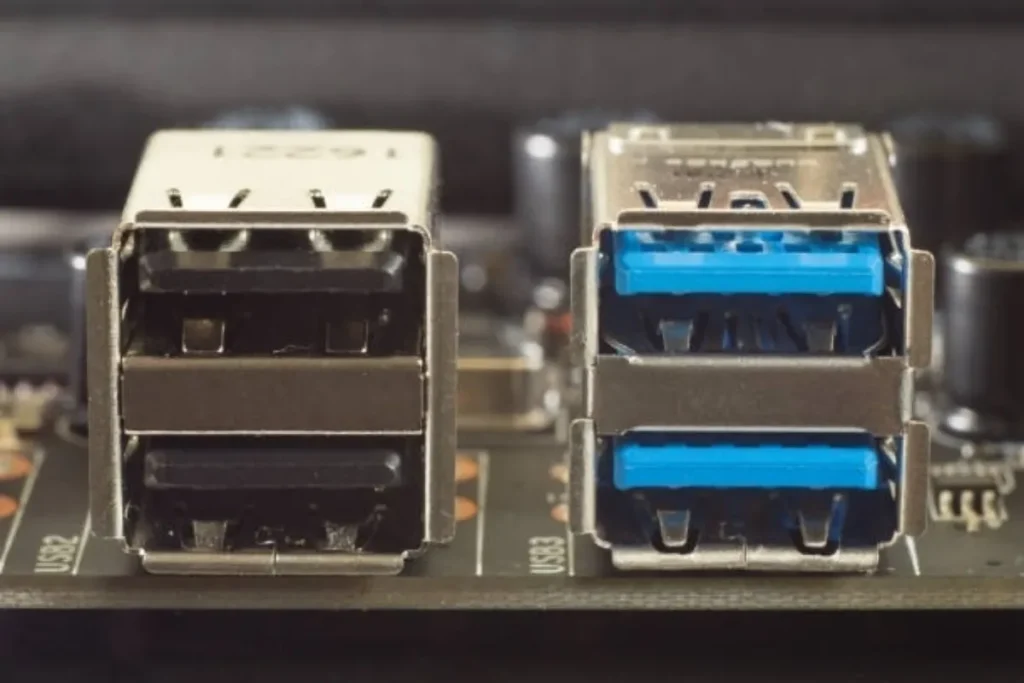
When it comes to USB-C ports on desktop motherboards, the power output they provide can vary depending on several factors. In this section, we’ll explore these factors and discuss how the motherboard’s chipset, power delivery implementation, and firmware can impact the power delivery capabilities.
The power output of USB-C ports on desktop motherboards is not solely determined by the physical port itself. It is influenced by the motherboard’s chipset, which plays a vital role in managing the power delivery process.
The chipset acts as the brain of the motherboard, controlling various functions, including power distribution. A more advanced chipset is likely to offer higher power output capabilities. Another factor that affects power delivery is the implementation of power delivery technology on the motherboard.
Different motherboards may utilize different power delivery standards, such as USB Power Delivery (USB PD) or proprietary charging protocols. The implementation of these standards can impact the maximum power output that the USB-C ports can provide.
Additionally, the firmware of the motherboard plays a crucial role in determining the power delivery capabilities. Firmware is the software that controls the hardware components of the motherboard.
It includes the necessary instructions and settings for power management. Manufacturers often release firmware updates to improve power delivery performance and address any issues that may arise.
It is important to note that the power output of USB-C ports can also be affected by the device being connected. Some devices may have their own limitations on how much power they can accept, regardless of the capabilities of the USB-C port.
Therefore, it is essential to consider both the capabilities of the USB-C port and the power requirements of the connected device.
Frequently Asked Questions
1. What are the power requirements of devices that can be charged via USB-C ports?
The power requirements of devices vary, but USB-C ports can deliver up to 100 watts of power. This is sufficient to charge smartphones, tablets, laptops, and even some small appliances.
2. Can I charge a laptop with a USB-C port?
Yes, USB-C ports are commonly used for charging laptops. Many modern laptops, including those from popular brands, feature USB-C ports that support power delivery.
3. Are all USB-C ports capable of delivering the same amount of power?
No, not all USB-C ports have the same power delivery capabilities. The power output of a USB-C port depends on various factors, including the motherboard’s chipset, power delivery implementation, and firmware.
4. Can I charge multiple devices simultaneously using a USB-C hub?
Yes, USB-C hubs can provide power to multiple devices simultaneously. However, it’s important to consider the total power available and the power requirements of the connected devices.
5. In what scenarios is USB-C port power output significant?
USB-C port power output is particularly significant in scenarios where fast charging is required or when using power-hungry devices.
Conclusion
The power output of the USB-C port on a desktop motherboard can vary. While some ports may provide up to 100 watts of power, others might have lower power output capabilities. It’s important to check the specifications of your motherboard to determine the power output of the USB-C port.
